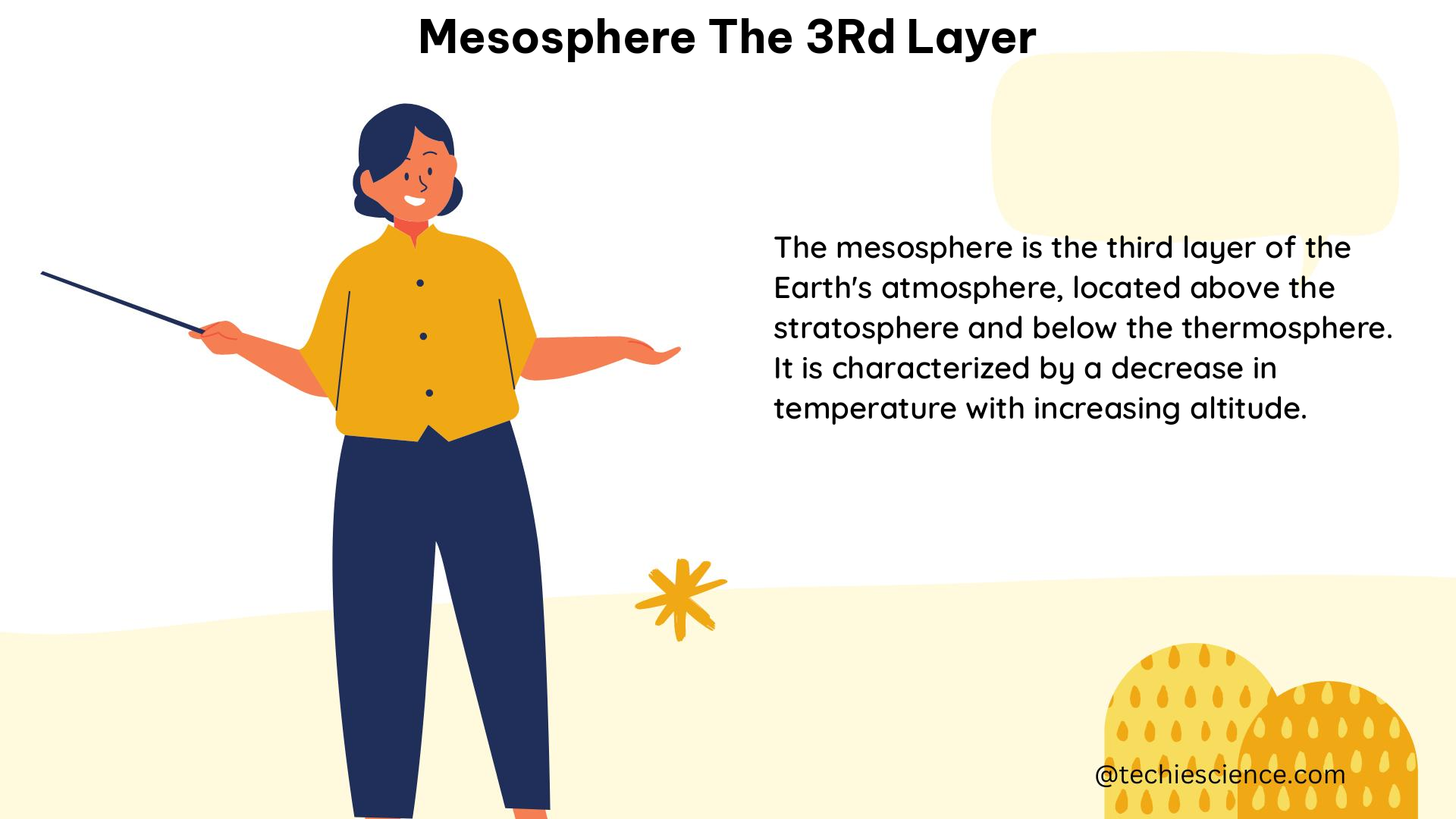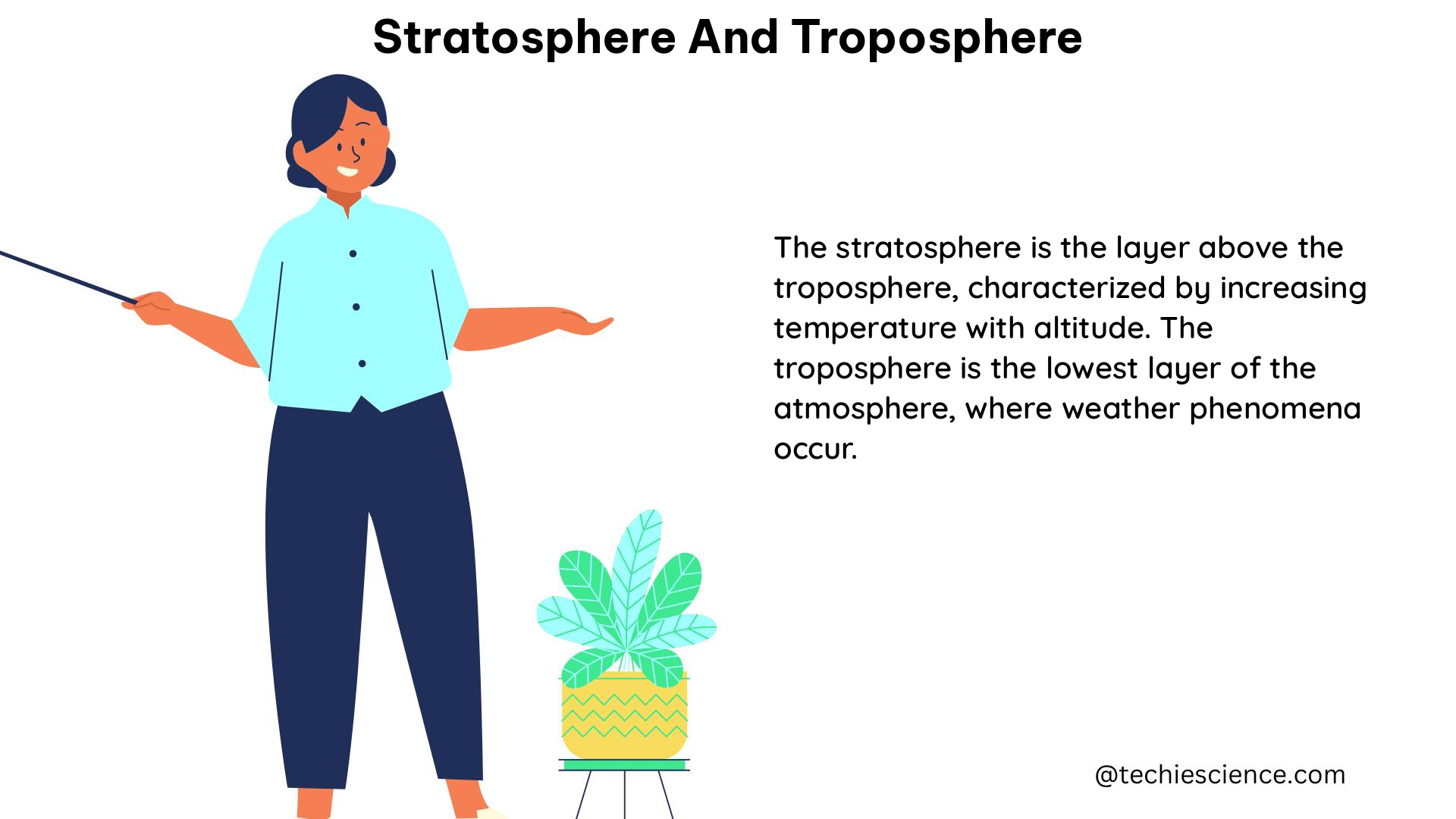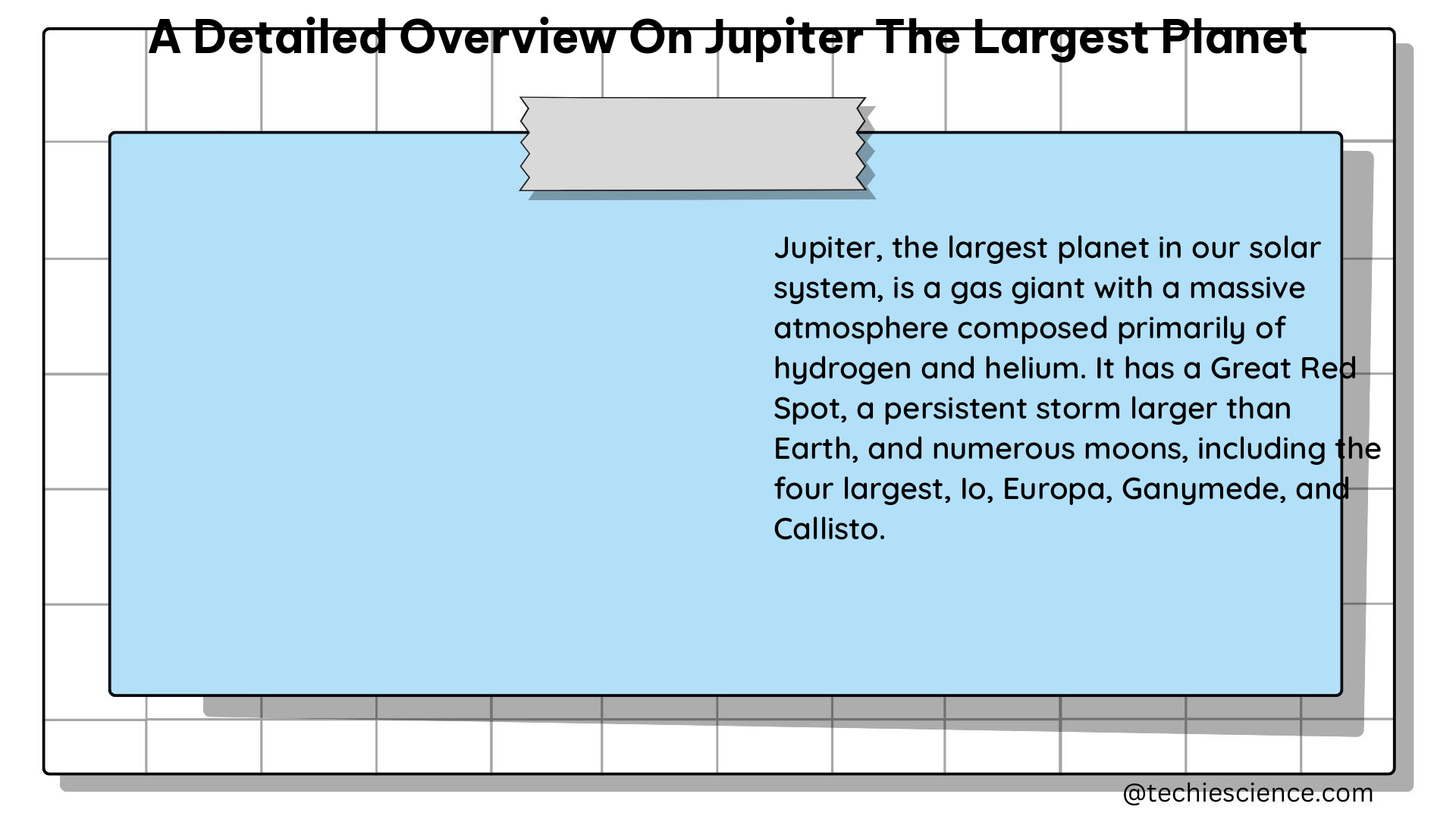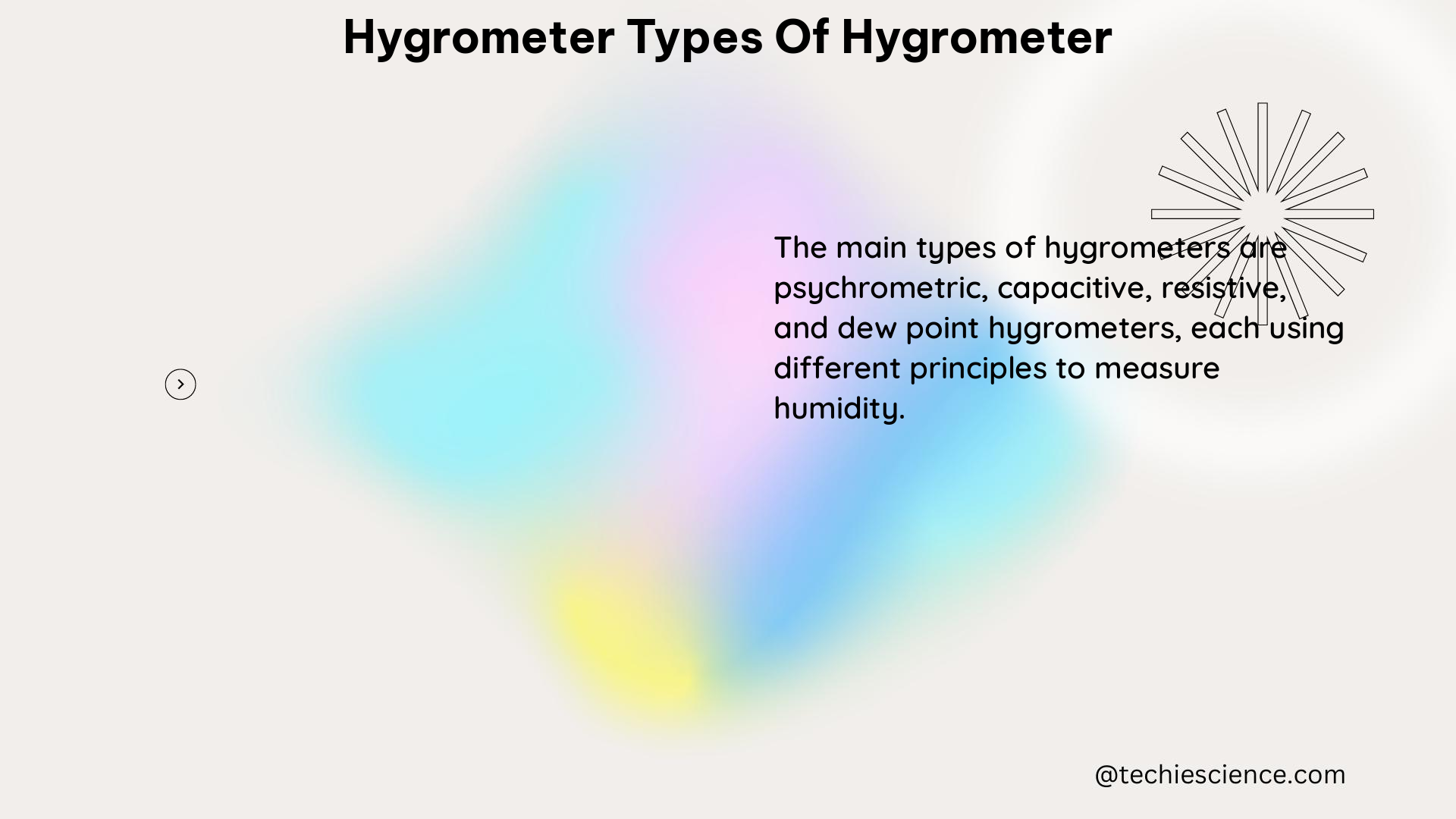Nonlinear optics is a field of study that explores the interaction between light and matter, leading to phenomena such as frequency conversion, wave mixing, and self-phase modulation. This field is crucial for applications in optical telecommunications, imaging, and spectroscopy. In this comprehensive guide, we will delve into the detailed analysis of nonlinear optics, covering various aspects of this fascinating subject.
Measurement and Interpretation of Nonlinear Optical Effects
One key aspect of nonlinear optics is the measurement and interpretation of nonlinear optical effects. The review by Vincenti et al. discusses recent developments in experimental methodologies for the quantitative measurement and interpretation of optical second harmonic generation (SHG) from molecular interfaces. SHG is a second-order nonlinear optical process that generates light at twice the frequency of the incident light.
The review focuses on the use of SHG for quantitative analysis of the nonlinear optical properties of materials, including the determination of molecular orientation and conformation at interfaces. The authors present a detailed analysis of the theoretical framework for SHG, which involves the calculation of the second-order nonlinear susceptibility tensor. They also discuss the experimental techniques used to measure SHG, such as angle-resolved SHG and polarization-dependent SHG.
Furthermore, the review highlights the importance of properly accounting for the local field effects and the influence of the substrate on the measured SHG signal. The authors provide guidelines for the interpretation of SHG data, including the extraction of molecular orientation and conformation information from the experimental results.
Analysis of the Underlying Physics of Nonlinear Effects

Another important aspect of nonlinear optics is the analysis of the underlying physics of nonlinear effects. The method proposed by El-Desouky et al. provides a more accurate understanding of the physics of entangled nonlinear optics effects in spectral broadening through solid media of femtosecond pulses.
The method uses a neural network to quantify and analyze the nonlinear effects, leading to a faster and more convenient approach compared to traditional methods. The authors present a detailed mathematical formulation of the problem, which involves the solution of the nonlinear Schrödinger equation (NLSE) governing the propagation of ultrashort pulses in nonlinear media.
The neural network is trained to learn the mapping between the input pulse parameters (such as pulse duration, peak power, and wavelength) and the output spectral characteristics (such as bandwidth and spectral shape). The authors demonstrate the accuracy and efficiency of their method through numerical simulations and experimental validation.
Nonlinear Optical Response in Low-Index Media
The paper by Fryett et al. shows that standard approximations in nonlinear optics are violated for situations involving a small value of the linear refractive index. This means that the conventional equation for the intensity-dependent refractive index becomes inapplicable in epsilon-near-zero (ENZ) and low-index media, even in the presence of only third-order effects.
The authors provide a detailed analysis of the nonlinear optical response in these media, which cannot be interpreted as a perturbation. They derive a new expression for the nonlinear refractive index that takes into account the strong field enhancement and the breakdown of the perturbative description.
The paper focuses on the particular case of indium tin oxide (ITO), a material with a low linear refractive index near the ENZ wavelength. The authors demonstrate that the nonlinear response of ITO cannot be described by the standard Kerr effect and requires a non-perturbative treatment.
Practical Considerations and DIY Aspects
When it comes to the practical application of nonlinear optics, practitioners and researchers must always rely on their own experience and knowledge in evaluating and using any information. This is because nonlinear optics involves complex interactions between light and matter that require a deep understanding of the underlying physics and experimental techniques.
For instance, the choice of nonlinear optical materials, the design of the experimental setup, and the interpretation of the results all require a thorough understanding of the subject. Researchers must be familiar with the various nonlinear optical processes, their mathematical descriptions, and the associated physical phenomena.
Additionally, the implementation of nonlinear optical devices, such as frequency converters, optical parametric oscillators, and self-phase modulators, requires a detailed knowledge of the specific device characteristics, optimization techniques, and practical limitations.
Conclusion
In summary, this comprehensive guide has provided a detailed analysis of various aspects of nonlinear optics, including the measurement and interpretation of nonlinear optical effects, the analysis of the underlying physics, and the practical considerations for the application of this knowledge.
By understanding the theoretical foundations, experimental methodologies, and practical challenges in nonlinear optics, researchers and practitioners can effectively navigate this field and contribute to the advancement of optical technologies.
References
- M. A. Vincenti, D. de Ceglia, and Michael Scalora, “Quantitative measurement and interpretation of optical second harmonic generation from molecular interfaces,” ResearchGate, https://www.researchgate.net/publication/6765800_Quantitative_measurement_and_interpretation_of_optical_second_harmonic_generation_from_molecular_interfaces
- A. A. El-Desouky, M. A. Hassan, and M. A. Hassan, “Quantification and analysis of the nonlinear effects in spectral broadening through solid medium of femtosecond pulses by neural network,” ResearchGate, 2022-01-18, https://www.researchgate.net/publication/357921317_Quantification_and_analysis_of_the_nonlinear_effects_in_spectral_broadening_through_solid_medium_of_femtosecond_pulses_by_neural_network
- Taylor K. Fryett, Alan Zhan, and Arka Majumdar, “Beyond the perturbative description of the nonlinear optical response in epsilon-near-zero media,” Optics Express, vol. 42, no. 16, pp. 3225-3233, 2017, https://opg.optica.org/ol/abstract.cfm?uri=ol-42-16-3225








